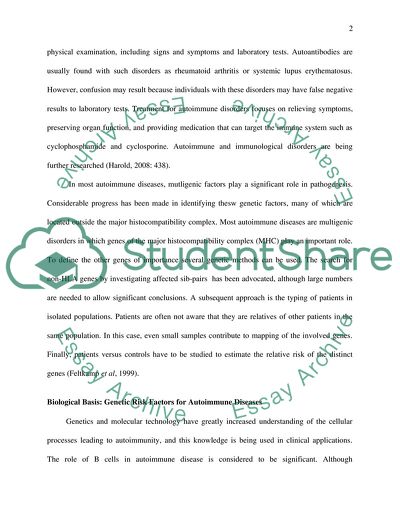Cite this document
(Autoimmune Diseases : Biological Basis and Methods of Detection Coursework, n.d.)
Autoimmune Diseases : Biological Basis and Methods of Detection Coursework. Retrieved from https://studentshare.org/health-sciences-medicine/1719405-autoimmune-diseases-biological-basis-and-methods-of-detection-and-study
Autoimmune Diseases : Biological Basis and Methods of Detection Coursework. Retrieved from https://studentshare.org/health-sciences-medicine/1719405-autoimmune-diseases-biological-basis-and-methods-of-detection-and-study
(Autoimmune Diseases : Biological Basis and Methods of Detection Coursework)
Autoimmune Diseases : Biological Basis and Methods of Detection Coursework. https://studentshare.org/health-sciences-medicine/1719405-autoimmune-diseases-biological-basis-and-methods-of-detection-and-study.
Autoimmune Diseases : Biological Basis and Methods of Detection Coursework. https://studentshare.org/health-sciences-medicine/1719405-autoimmune-diseases-biological-basis-and-methods-of-detection-and-study.
“Autoimmune Diseases : Biological Basis and Methods of Detection Coursework”. https://studentshare.org/health-sciences-medicine/1719405-autoimmune-diseases-biological-basis-and-methods-of-detection-and-study.


